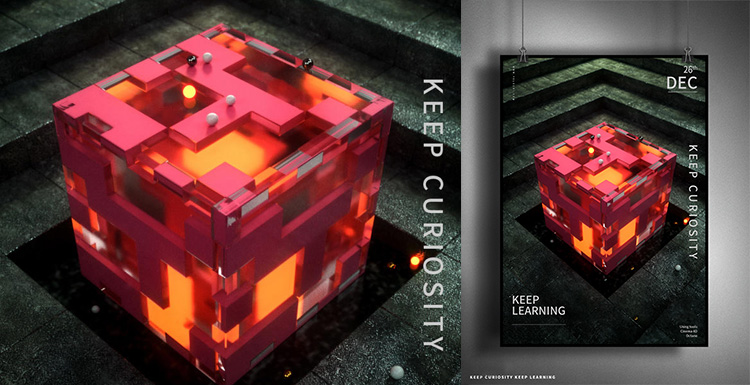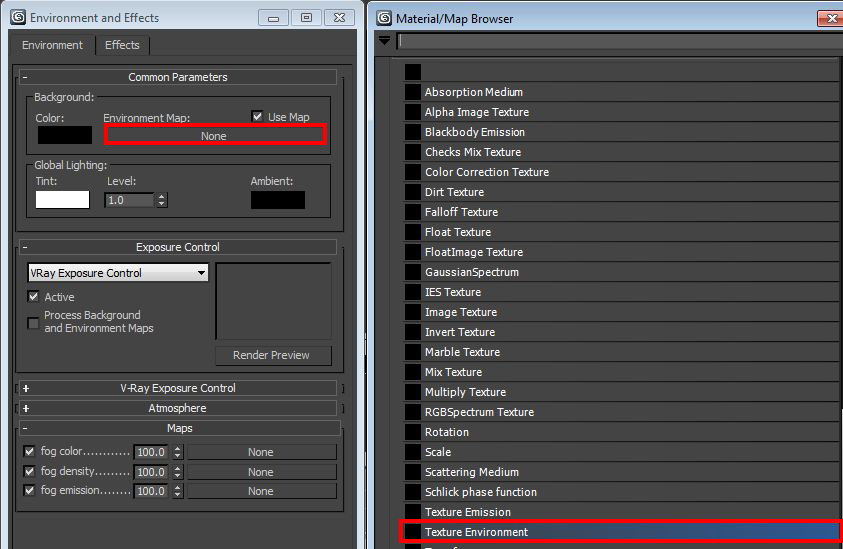
- #Octane render tutorial blender 3d part generator
- #Octane render tutorial blender 3d part professional

Most of the textures are self made or grabbed over the CGTextures. Some objects are really hard to UV unfold even if Blender provides one of the best UV mapping tools out there. The texturing process is probably the biggest part of this work, mainly for the UV mapping.
#Octane render tutorial blender 3d part generator
I finally used a self made blender tree generator script to create the Ficus plant, this is still a blender 2.49 script and I use it to create all my trees.Įxcept the fireplace which is a mix of several free models, the statue and the shoes, everything else has been modeled by me. I also used Marvelous Designer for modeling quite all the clothes in the scene, like the For the plaster I probably should have backed the texture as a normal map. I also used displacement for the plaster over the ceiling chandelier.ĭisplacement is an easy way to avoid the modeling of such complex geometries but it consumes a lot of video ram and I try to limit this to one or two objects in a scene. As Octane Render doesn’t support displacement yet, the meshes should be displaced in the modeling application before the export process. I used several modifiers like subdivision, displacement and arrays.įor the carpet I used a displacement map on a subdivided (4x) mesh. I mainly used Blender 2.62 for modeling, to create UV maps and for the texturing. I will also talk a bit about the trick I used to improve the production during the export process from Blender to Octane Render. This is not to be considered as an in-depth Octane Render tutorial, and I will focus on several techniques I used to render indoor images using Octane Render and the Blender to Octane Redner exporter.

My goal was to create a Parisian like apartment with some modern furniture but keeping some old style touches like wooden parquet, windows, metal balcony or fireplace. I’m pleased to share one of my last personal projects experience with Octane Render from Refractive Software.
#Octane render tutorial blender 3d part professional
3D is a hobby of his, but he also works as a freelancer and have the chance to do some professional projects from time to time. Enrico Cerica is working in the IT field for several years as his main job.


 0 kommentar(er)
0 kommentar(er)
